Solstice Discovery Service Software
Model: Solstice Discovery Service
- Streamline User Connections:
- Enable users to see a list of Solstice displays on their network and simply click a display name in their user app to connect.
- SDS supports this capability without the use of UDP broadcast/multicast network traffic, which is typically forbidden on IT-managed networks.
- For more information on how SDS works, view the SDS Guide.
- Enable Solstice Multi-Room:
<B>Introduction</B>: <BR>The Solstice Discovery Service (SDS) is an IT-friendly, non-broadcast mechanism that allows users to discover and click-to-connect to Solstice displays from their own devices in order to start sharing content. Without SDS, users on networks that don’t allow broadcast traffic will be required to enter Solstice display IP addresses each time they want to connect. We realize not every network allows broadcast traffic, so we built the SDS to make connecting to a Solstice display fast and easy for all users.<BR><BR><B>Do I Need SDS?</B>: <BR>If you are a small office with a network that allows UDP broadcast traffic, you do not need SDS. Solstice’s broadcast discovery will list Solstice displays available for connection in your Solstice client application without any further action required.<BR><BR>Typically, SDS is used when multiple Solstice displays are deployed on an enterprise network (or any network that disallows UDP broadcast traffic), and it is installed during the initial deployment phase. SDS should be installed on your network to enable/support these scenarios:<BR><BR>To enable users on your network to connect without entering an IP address<BR>To enable use of Solstice Multi-Room capabilities<BR>To enable users to view which displays/rooms are in use and by how many people<BR>To choose which displays do and do not appear to users for connection<BR>If you want to enable one or more of these capabilities in your Solstice deployment, then you need SDS!<BR><BR><B>How Does SDS Work?</B><BR>The Solstice Discovery Service is a free software that must be installed on a Windows computer or server attached to the same network as your Solstice Pods and Windows Software hosts. Each Solstice endpoint is configured (either en masse via the Dashboard or individually through local/web config panels) to publish their information to the SDS directory on the SDS host machine. Users point their client applications to the same host machine’s IP address – or they inherit the SDS setting from the first display they connect to – in order to see every available Solstice display listed in the SDS directory. The end result is the easy click-to-connect experience without the network congestion or security concerns associated with broadcast traffic. SDS uses lightweight TCP/IP packets over po
- Streamline User Connections:
- Enable users to see a list of Solstice displays on their network and simply click a display name in their user app to connect.
- SDS supports this capability without the use of UDP broadcast/multicast network traffic, which is typically forbidden on IT-managed networks.
- For more information on how SDS works, view the SDS Guide.
- Enable Solstice Multi-Room:
- Solstice Discovery Service is a required component of Solstice Multi-Room. SDS enables users to discover and join Multi-Room collaboration sessions from new locations.
- Now with DNS support!:
- By popular demand, we’ve added DNS support for SDS, enabling users to activate SDS on their devices by entering an intuitive URL onscreen instead of the IP address.
Suggested Products

Create Spaces
623 S Americana Blvd, Boise, ID 83702
Boise, ID 83702
USA
2083850507
https://createspaces.com/

